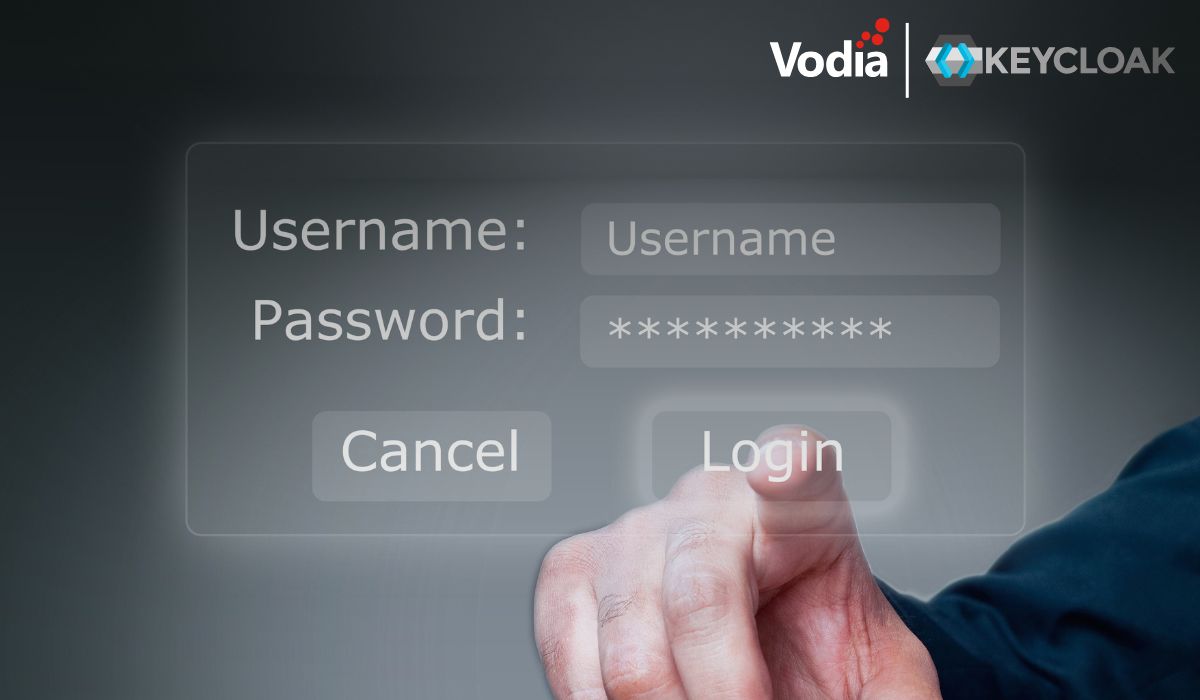If you’re reading this, chances are you are at your kitchen table, your dining room table, your coffee table or, if you’re lucky, an actual desk in your apartment or house. Welcome to 2021. We’re all working from home. It’s been this way for most of us since March of 2021 when the Covid-19 pandemic arrived in Europe and the USA. We’ve all had to make a digital transformation, find new ways to collaborate, finesse the combination of our work responsibilities while cooking lunch for our kids…A recent Stanford study found approximately 42 percent of the American workforce is now remote.
As you’ve probably come to realize, working from home, or from anywhere, isn’t going anywhere. In October of last year, Reuters published a summary of an Enterprise Technology Research (ETR) global survey of 1200 Chief Information Officers (CIO). At the time of the survey 72 percent of their companies’ employees were working remotely, with an expectation of permanent remote work to double to 34.4% in 2021 (compared with 16.4% before the pandemic). An Entrepreneur piece from last year, “17 Major Companies That Have Announced Employees Can Work Remotely Long Term,” compiled a list of companies that have sent their employees home – some of them for good, including REI, which announced last summer it had completed the sale of its Bellevue campus and that “the co-op’s future ‘headquarters’ will span multiple satellite locations across the region, and (that) the company will lean into remote working as a more engrained, supported and normalized model for headquarters employees.”
“At the time of the survey 72 percent of their companies’ employees were working remotely, with an expectation of permanent remote work to double to 34.4% in 2021 (compared with 16.4% before the pandemic).”
Both Facebook and Twitter are permitting employees to work from home indefinitely. During the first week of February 2021, Salesforce, the largest private employer in San Francisco, CA, introduced its “Work From Anywhere” strategy, wherein half of its workforce will be working remotely, or on a flexible schedule, even after the pandemic has subsided. The company expects more than 65 percent of its staff will adopt the new system. On February 12th, Spotify announced its work from anywhere program, “which lets its 6,550 global employees choose how they want to work at the company — in an office, remotely, or at a coworking space” (for which the company will pay a subscription).
This remote work isn’t just driven by Covid-19 and the challenges of reducing the risk of infection at the workplace. According to the ETR survey, 48.6 percent of respondents reported increased productivity once teams began working remotely. This isn’t a surprise. Our days feel more compressed and, with work – and our coworkers – on our devices, we’re working later, checking emails and SMS deep into the night, but we love it! The results of an online survey by LiveCareer, as reported in USA Today, found 29 percent of working professionals would rather quit their jobs than give up working remotely.
“29 percent of working professionals would rather quit their jobs than give up working remotely.”
If you’re an SME and you’re looking to enable your team to work from anywhere, there are a number of things you’ll need to get started, or to improve whatever systems you already have in place. The first place to start is VoIP telephony.
Even with the prevalence of emails and text messages, and Slack and Zoom calls, the telephone is still a core tool for SMEs, and you need a cloud-based PBX that makes it so your employees’ devices can function as their office extensions – this is crucial for customers and vendors, and so your employees can contact each other directly regardless of their location. Your VoIP PBX should enable your employees to call and message each other without having to rely on outside commercial apps like Messenger, Viber and WhatsApp.
Once you’ve sorted out these basic telephony functions, what about collaboration? Chances are your organization is using Microsoft Teams as the foundation of your unified communications efforts, and you’re far from alone: decision makers across 18 countries in the Americas and Europe indicate companies both large and small are accelerating their adoption of UC technology in response to the pandemic. You’ll need a PBX that integrates with MS Teams and with whatever CRM you’re using (HubSpot, Salesforce, etc.), and with Android and iOS apps, depending on your employees’ devices.
What about business hours? Separation of personal and work calls and messages on employee devices? The right PBX will set availability, so your team members don’t receive work calls before dawn or in the middle of family Disney+ movie night, without interrupting their personal communications. Finally, if you’ve got everyone working from home, or from anywhere else, what about security? Your PBX should provide a secure home for company data, regardless of how dispersed your team is. And if someone leaves your organization, your data stays put, rather than departing with a former hire.
We’re in the midst of some sort of combination of evolution and revolution, and it’s not going anywhere. With the right VoIP PBX, you can make a seamless transition from your office to working from anywhere, safely, securely and seamlessly. The Vodia PBX offers the most complete suite of robust business telephony features for on-premise and cloud-based telephony, so you can work from anywhere. We can help you do this.
.svg)





